Metroid: Other M (Wii) Review
By Calum Peak  26.09.2010
26.09.2010
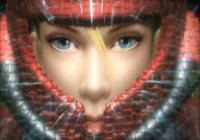
Metroid is one of Nintendo’s many prestigious franchises, though one that has had more success in Western markets than on the company’s home turf. During a healthy upbringing on the NES, SNES and Gameboy variants, it quickly established its combination of action with addictive platforming. Romping into the GameCube era, Nintendo entrusted the franchise to Retro Studios, who transformed the 2D sidescroller into a first person action adventure while keeping the core of the gameplay mechanics intact. Now, it seems Nintendo have made the unlikeliest of partners in the form of Team Ninja, most well known for their Ninja Gaiden series, to bring the latest instalment to the Wii; Metroid: Other M. Does this coalition work? Or will Other M be a title to cast into the depths of space? Let’s take a look at the heroine’s latest journey...
Metroid’s timeline can often be complicated, with many games (such as the Prime sub-series) taking place before the events of other games regardless of when they were released. Other M’s story takes place immediately after the events of Super Metroid, but don’t worry if you are new to the series, as players are quickly brought up to speed courtesy of a rather beautiful, albeit long, cut scene to set the tone of the game. This dumps us neatly in a sparkling clean training room where Team Ninja’s influences shine through in the new gameplay mechanics. Instead of the Prime series’ focus on the first person perspective, Other M hints towards a bygone age of sidescrolling Metroid; however, you are free to move around in 3D space, not just left and right, whilst the camera adjusts to give you the best optimum view possible. Through this use of perspective, the game takes on a much faster pace when moving, shooting and, oh yes, close quarters combat. All this is done with the Wii Remote held sideways, which may not be the preference of a lot of people. It takes a little getting used to (the D-pad can dig in after long hours of play), but all in all it works. However, Other M has another trick up its sleeve in terms of control: rotate the Wii Remote so it points at the TV and your view switches from third person to first person to allow individual targeting of enemies with missiles, as well as finding objects of interest. Whilst this may seem initially fiddly, it is done with a fluidity that allows accurate shooting in intense situations, with enemies slowing down momentarily as you switch views to allow the player to get their bearings with the crosshair.
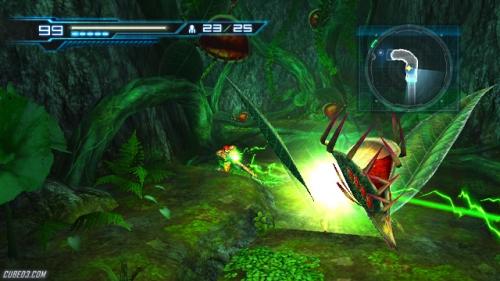
Controls aside, Metroid: Other M is one of the most background- and story-heavy Metroid titles to date, featuring lavish cutscenes that give Samus the backstory and the voice that she has always needed. Following a distress signal, ‘Baby’s Cry’, Samus ends up on the bottleship which seems to be deserted. However, it quickly becomes apparent that she was beaten to the chase, as a group of Federation marines have already set down to operate in the vicinity, including Samus’ old commanding officer and father figure: Adam Malkovich. From here on out things get interesting and, without giving too much away, Samus will encounter many old foes and enemies from her 2D outings in the form of Zebesian Space Pirates, which were thought to be extinct, as well as many other monstrosities. Players of past titles may get a little nostalgic at times with the wealth and familiarity of enemies that Team Ninja have managed to cram onto the disc, and that’s not mentioning the fact that big bosses return in full strength for our heroine to take down. To make the range of foes as varied as possible, Other M has incorporated the wealth of environments that the Prime games featured into the bottleship. Team Ninja have envisioned snowy worlds as well as lava coated surrounds to bring the Metroid universe to fruition, and it doesn’t look half bad either.
In true Metroid fashion, there are many, many power ups scattered throughout the bottleship for the player to acquire. These are in the form of the standard missile and energy expansions, but also new items such as charge accelerators that allows Samus to charge her plasma cannon faster, as well as energy tank parts and E-Recovery Tanks. As enemies don’t drop health when they die any longer, Samus relies on save stations to replenish her shields, but thankfully when her health drops low, Samus is able to focus her energies and regain some health. Recovery tanks first increase the minimum health that this can be performed at, as well as how much health is restored once focus is over. The only catch is that you must find a space to do this in the heat of the battle as it takes a few seconds to recharge, which adds an element of difficulty to the title. On the side of weapon and suit systems, Samus has all of her equipment at her disposal from the start, but you have to be authorised to use them as and when you need them most by Adam. This prevents the game from being too easy at the start, but also keeps the player anticipating what comes next in the forms of beams and suit abilities, and what’s more, you know that they are all there, ready to be used at some point.
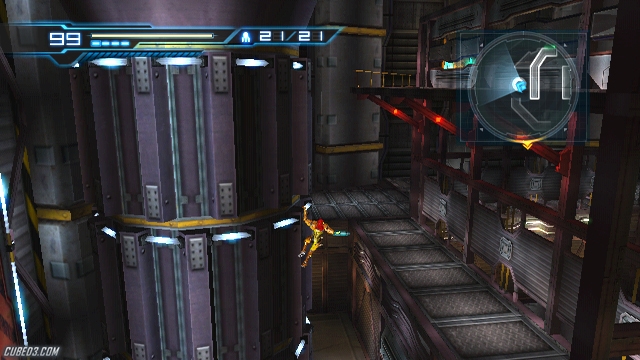
However, that is to not to say that Metroid: Other M is without fault; as with most games, it has its fair share of niggles and hindrances. First off, whilst the camera angle is good the majority of the time, it doesn’t swing round when you are coming back down a corridor, for example, making it impossible to see if any enemies are there. Thus, you have to blind fire and rely on the targeting system to make sure foes are dead. This is also increasingly annoying if you can’t see a hole in the floor, for instance, and you end up dropping somewhere you didn’t want to. The graphics can look a little ropey at times. With the majority of environments presented cleanly there is the odd area where the textures don’t quite hold up, leading to some bland places. Alongside this issue, the frame rate isn’t always stable; with increasing environmental features and enemies, a bit of slow down is noticeable in places, but it isn’t problematic. Whilst Team Ninja have managed to keep the loading to a minimum at the start of the game, you may occasionally encounter a ‘now loading’ icon as you approach a door, something that the Prime games were riddled with. This does only happen a very small number of times, and only tends to occur if you are charging through the levels.
What is slightly upsetting, however, is that Team Ninja are renowned for making tough nail-biting, hair-pulling games, and their philosophies appear to have been betrayed when taking the standard difficulty into consideration (the only mode available until you have completed it 100% to unlock hard mode), as enemies and bosses seem relatively easy to take down. This may also be the fault of the dodge move which, even though you have to be vigilant about using it, can make you pretty much invincible if timed correctly, and it’s also possibly the fault of the linearity of the title as a whole; you’re never unclear about your next destination. That’s not to say that it’s a walk in the park, just that it pales in comparison to the normal level of difficulty on other Metroid titles. Granted, the harder difficulty is much more challenging and on par with Team Ninja’s other games, but you can’t chose that mode from the off, which is disappointing.
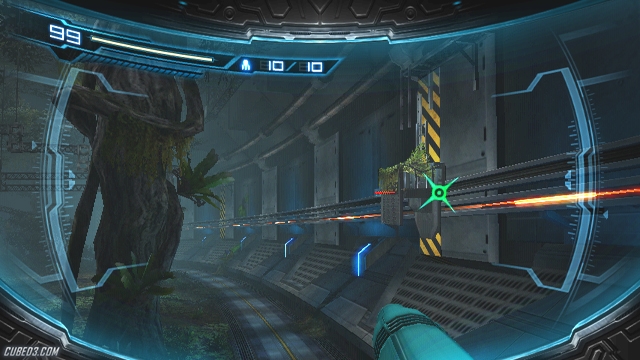
Metroid: Other M is a solid game with an absorbing story that many games seem to lack these days. Team Ninja’s influences are very apparent throughout the entirety of the title but it is all pulled off fluidly and doesn’t feel out of place at all in the Metroid timeline. It has some niggles and occasionally falls short compared to previous titles, but simultaneously it excels in other areas; ultimately it all works together, giving the complete experience. It’s all there, and fans and newcomers to the series alike will be happy with the enemies and environments that are incorporated, as well as the brilliant accompanying musical score that puts a twist on retro tracks, as well as throwing some new ones into the mix. There is plenty to do after the story is finished and even an epilogue chapter, and once that is all done and dusted, players can try their hand at hard mode which can be seriously unforgiving in places. Whilst the initial consensus that Nintendo teaming up with Team Ninja and Temco was an odd pairing in the making, they have made an excellent game that puts all doubts in a compression chamber. This is definitely one of the best games to hit the Wii this year.
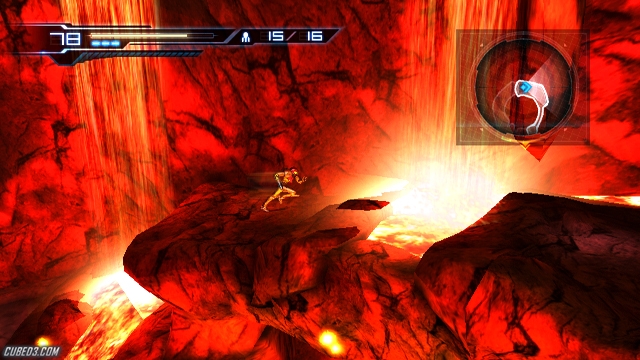
Cubed3 Rating
Exceptional - Gold Award

Metroid: Other M is certainly a different take on one of Nintendo’s prestigious franchises, but it works well to the point of being one of the most immersive and story-heavy Metroid games to date. Though it has some shortcomings, they are easily overlooked. It’s perfect for fans and newcomers to the series alike.
Comments
Comments are currently disabled

 Sign In
Sign In Game Details
Game Details
 Out now
Out now  Out now
Out now  Out now
Out now  Out now
Out now  Subscribe to this topic
Subscribe to this topic Features
Features





 Top
Top

